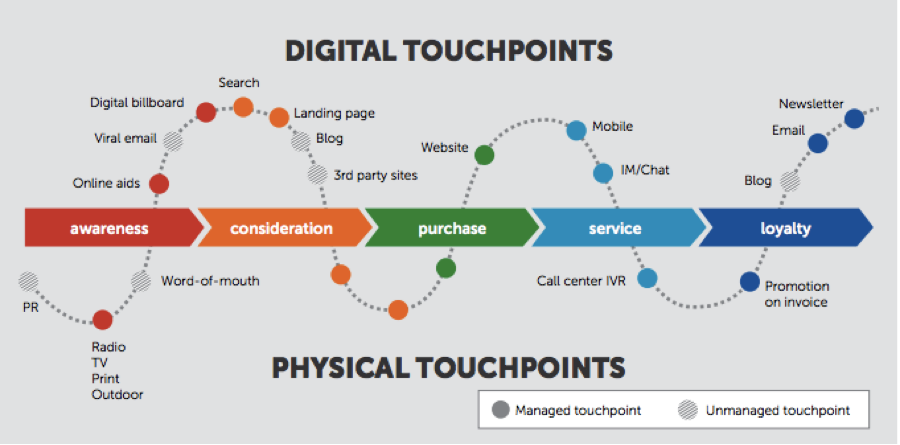Most managers and executives are under tremendous pressure to grow their organizations. While many businesses have historically focused marketing and growth investments on brand development and lead generation, the most successful brands focus strategic resources on deeply understanding their current customers and how to retain them over the long term.
If you want to improve organizational performance, examine your organization’s products, services, and processes with customer and constituent feedback. The following seven steps will help you better understand and improve your customer experience.
- Spend time with customers in their world. Traditional market research focuses on specific, highly pragmatic questions based on a product or service. While helpful, it’s critical to go beyond this narrow approach to fully understand customers using a tool borrowed from the world of anthropology, called ethnography. Ethnography is an approach to understanding how people live and how they behave within their cultures, i.e. what their group encourages or discourages. For example, if you are an IT solutions provider with the federal government as your primary customer, consider how the unique attributes of the public sector culture influences the use of your product or service. Key questions to answer in your ethnographic research include: What is most important to your customer? What objects and information do they value? What stories resonate with your customer?
- Listen to your customers. Using the ethnographic approach, as you make observations of their environment, ask general questions and listen in an undirected way. To understand their story, find ways to be genuinely interested in them as individuals. This type of deep listening leads to new discoveries and insights about how to improve your offering or maybe even create a new offering for your customers.
- Empathize and see your offering from their perspective. In this process, empathy is about understanding how your product or service fits into their lives and seeing their world on their terms. The organizations that master empathy succeed. According to Harvard Business Review, the top 10 companies in the Global Empathy Index increased in value more than twice as much as the bottom 10 and generated 50% more earnings.[1]
- Identify customer issues with your process and product or service. Applying empathy is about answering the questions on a deeper level and then asking questions about your product or service to understand their perception:
- How does your offering solve their problems?
- What is their experience of your offering?
- What would they fix or change?
Regardless of the response, do not defend your product or service from criticism. Listen and document their feedback and let them know you will be working with your team to improve the offering.
Map the customer experience with your team. All services and products are delivered in a process driven by people. Unfortunately, all processes become outdated over time. This can be due to leadership or staff turnover, comfort in the “status quo,” or simply organizational and environmental changes over time that impact the way people operate. To address this problem, you can facilitate a customer journey map that provides your internal team a shared visual perspective of the customer’s experience of your offering. Use data, observations, and customer feedback from your customer experience immersion to back up the depiction of issues in the process.
Below is an example of a customer journey map.

